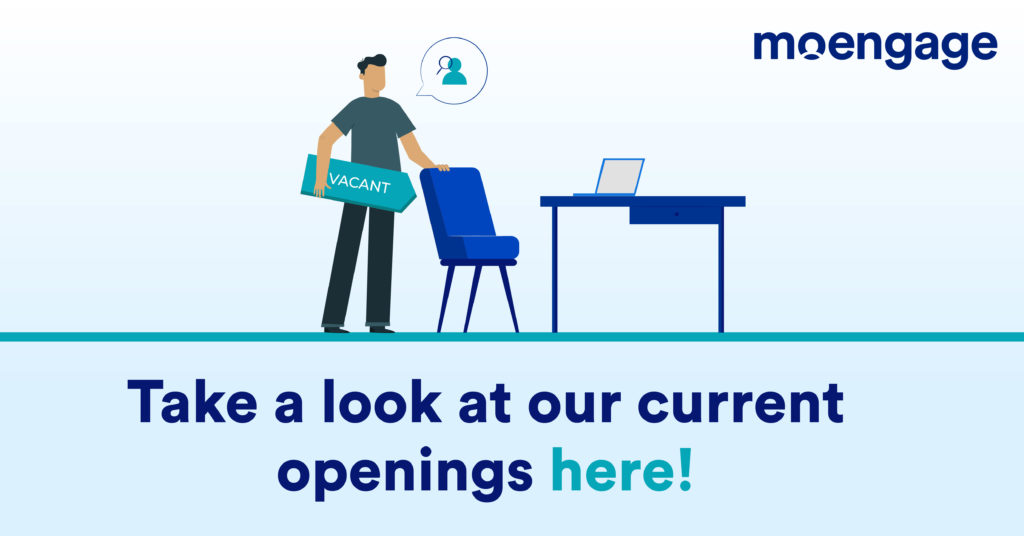The Docathon: How We Identified 1400 Issues In Two Days
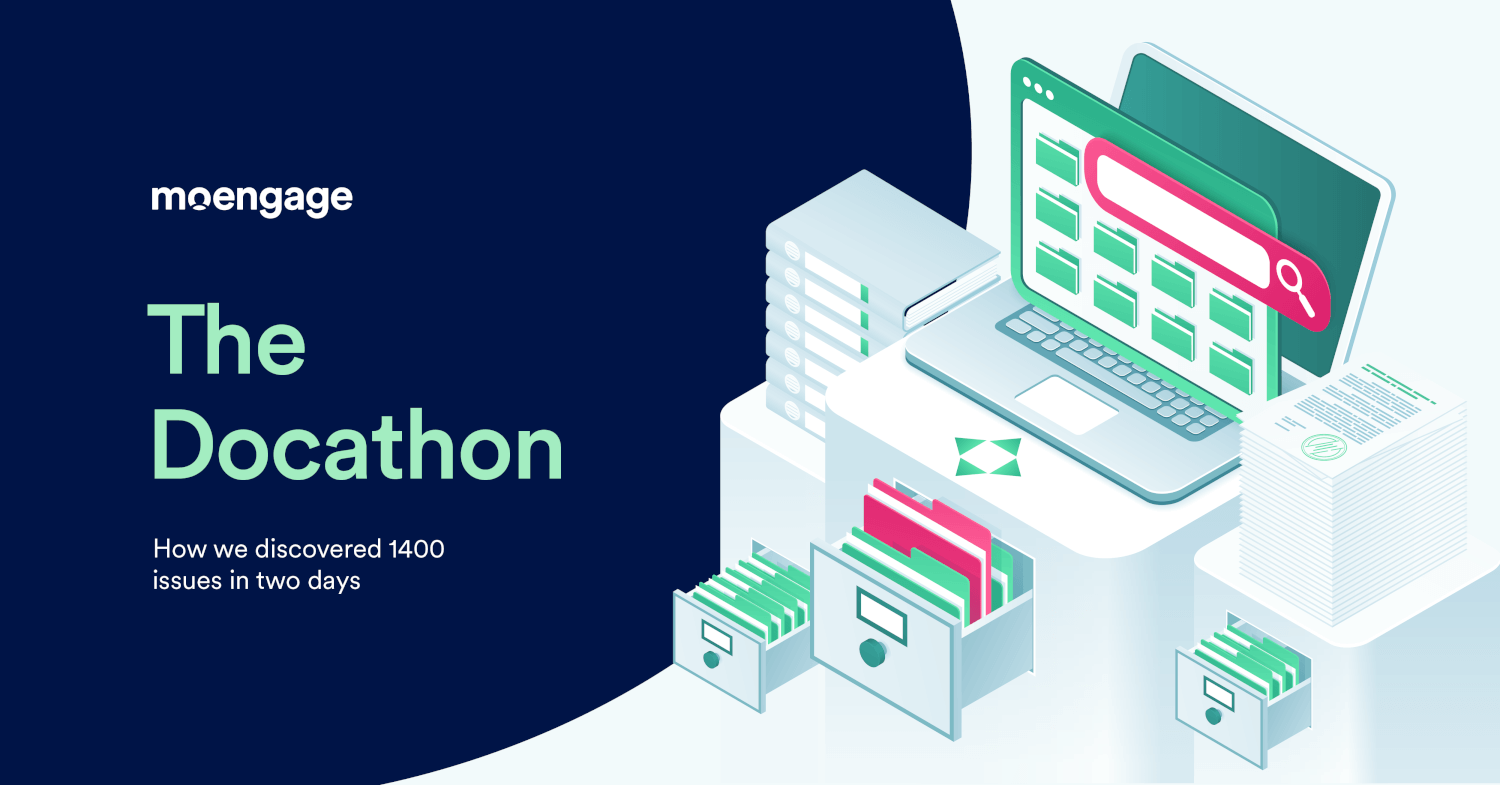
Reading Time: 6 minutes
Best-in-class product documentation is the hallmark of most customer-centric organizations. Product documentation helps users navigate through your product and discover the most relevant features and capabilities. High-quality product documentation differentiates your business from the competition and helps you win trust. In growing companies, documentation is an additional support helpline that can scale quickly and reduce support costs.
If you want to be truly customer-obsessed, ask yourself:
- What kind of documentation does your product have? Is it clear, concise, and unambiguous?
- Does your product have well-written documentation? Is it accurate and complete?
- Is your documentation easily accessible to customers?
- Does it follow a logical structure, and is it easy to understand?
- Are advanced topics covered in the documentation?
- Is your documentation up-to-date?
- How well does your documentation help your customers achieve their goals without hassles?
If your answers to some of these questions are “maybe” or “no,” you could host a Docathon within your organization and fix some of these gaps in the product documentation.
We discovered 1400 issues during our recent Docathon at MoEngage. An intense 48-hour war-like analysis included over 100 participants across three time zones. Out of 2183 bugs reported, 1427 were relevant. And the best part, the event was remote.
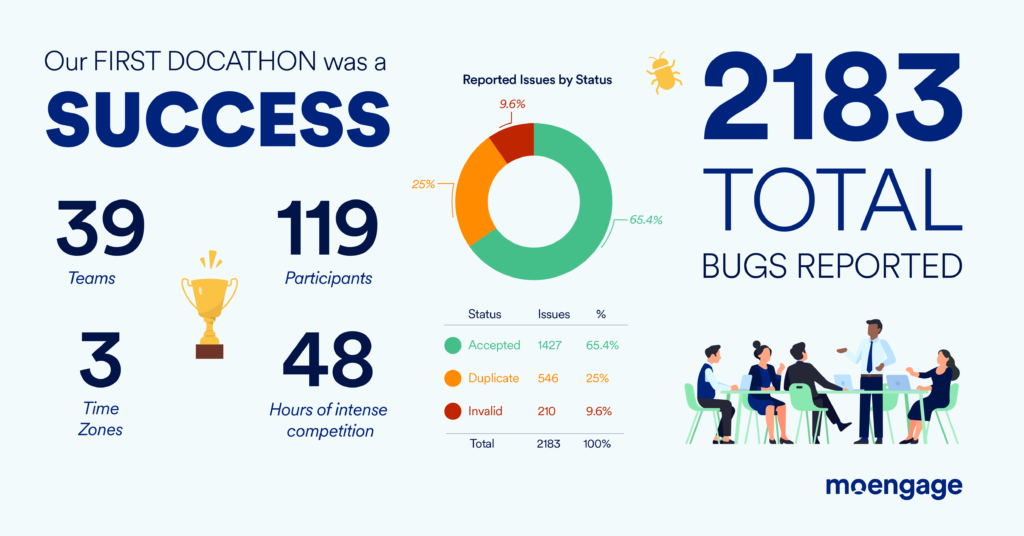
Would you like to find out more about our Docathon? This article discusses everything you’ll need to know before organizing a Docathon.
The Need For Docathon
You’ll agree that effective product documentation is essential. However, despite its importance, we don’t always allocate enough time and attention to documentation. Improving documentation is an ongoing process and can be draining when you have limited resources. The key is to realize that good documentation is not the responsibility of one team – documentation is everyone’s business.
This got us thinking,
- What if everyone in the organization contributed to documentation?
- Could we set a few days aside to improve our product documentation?
In our case, we realized there could be multiple gaps in our documentation – some known and others unknown. However, we lacked the necessary perspective, bandwidth, and coordination to identify, prioritize, and fill them. To bring about a companywide coordinated effort to improve documentation, we hosted a Docathon (a marathon to improve documentation).
What is A Docathon?
A Docathon is a hackathon for product documentation. A Docathon is a collaborative event aiming to uncover documentation gaps within a short period. Simply put, Docathon is a bug bash for documentation. Bug bashes have been highly successful at MoEnagage, and our testing team hosts them regularly. Additionally, we have experience in organizing development hackathons successfully. Even with this prior experience, we knew a Docathon would be challenging.
Identifying gaps in the documentation does not require special skills. Unlike bug bashes and development hackathons, anyone can participate in the Docathon.
How To Prepare For A Docathon
Organizing a hackathon may appear intimidating at first. However, if you plan ahead, it is not difficult to schedule one.
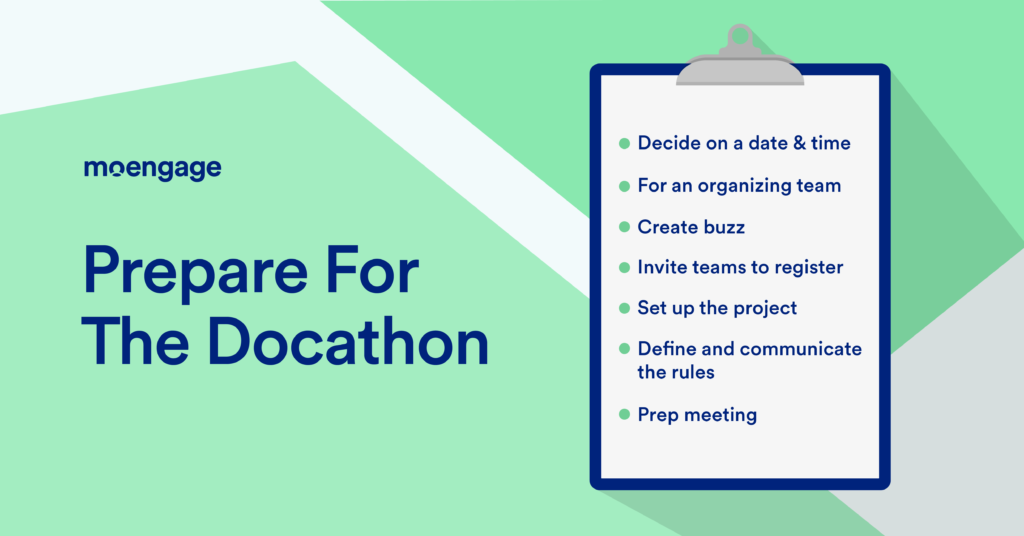
Decide the date and time
To organize your bug bash, you need to pick a date first. You might think it’s trivial, but choosing the wrong time and date can be a deal-breaker. Select a date when it’s likely to have the highest participation. Organize an inclusive event that enables colleagues from different geographies to participate remotely or in person. Before scheduling the event, consider cultural sensitivities and celebrations.
Form an organizing team
Organizing an event like Docathon is a mammoth task for a single person. One person cannot own everything with so many moving parts. So we formed a diverse organizing team consisting of people from various departments. The Docathon organizing team had members from Documentation, Product, Engineering, Customer Success, and Sales. Each organizing team member was assigned clear responsibilities and roles throughout the event. When you assemble a diverse team of individuals, you get balanced viewpoints and minimize the risk of unconscious bias in decision-making. For us, the Docathon was an excellent example of how people with different perspectives can collaborate and achieve amazing things.
Create buzz within the organization
Pre-event marketing is essential to get participation. You must not only make people aware of your event, but you must also create excitement among your attendees about what is to come. A teaser campaign can be an effective way to build buzz. Maintain your audience’s interest with snippets of content over time. Communicate effectively at the right time and through the appropriate channels. People get numerous emails, slack notifications, and meeting invitations. Your communications must stand out to get their attention.
Invite teams to participate
We released a form for registering teams two weeks before the event to collect Members’ names, email addresses, and team names.
We felt that a team of 2-4 members works the best. We also sent registration reminders periodically and set a deadline to create a sense of urgency. Encourage your leaders and documentation champions to participate in the event. Participation by leaders will automatically lead to involvement by their teams.
Set up a project tracker
Create a JIRA project to capture bugs and improvements.
- Have custom fields to capture page names, Bug categories, URL of the page, or any other information that a bug report should contain. Capture critical information using mandatory fields.
- Share the templates for bug reporting.
- Create a couple of bugs in each bug category to help participants understand how to draft a good bug report for the Docathon.
- Share a list of tools and screen recorders that the participants can use to capture bugs.
Define and communicate the rules
There are specific rules in every competition; a Docathon is no expectation. You may find some ideas by looking at our rule sheet.
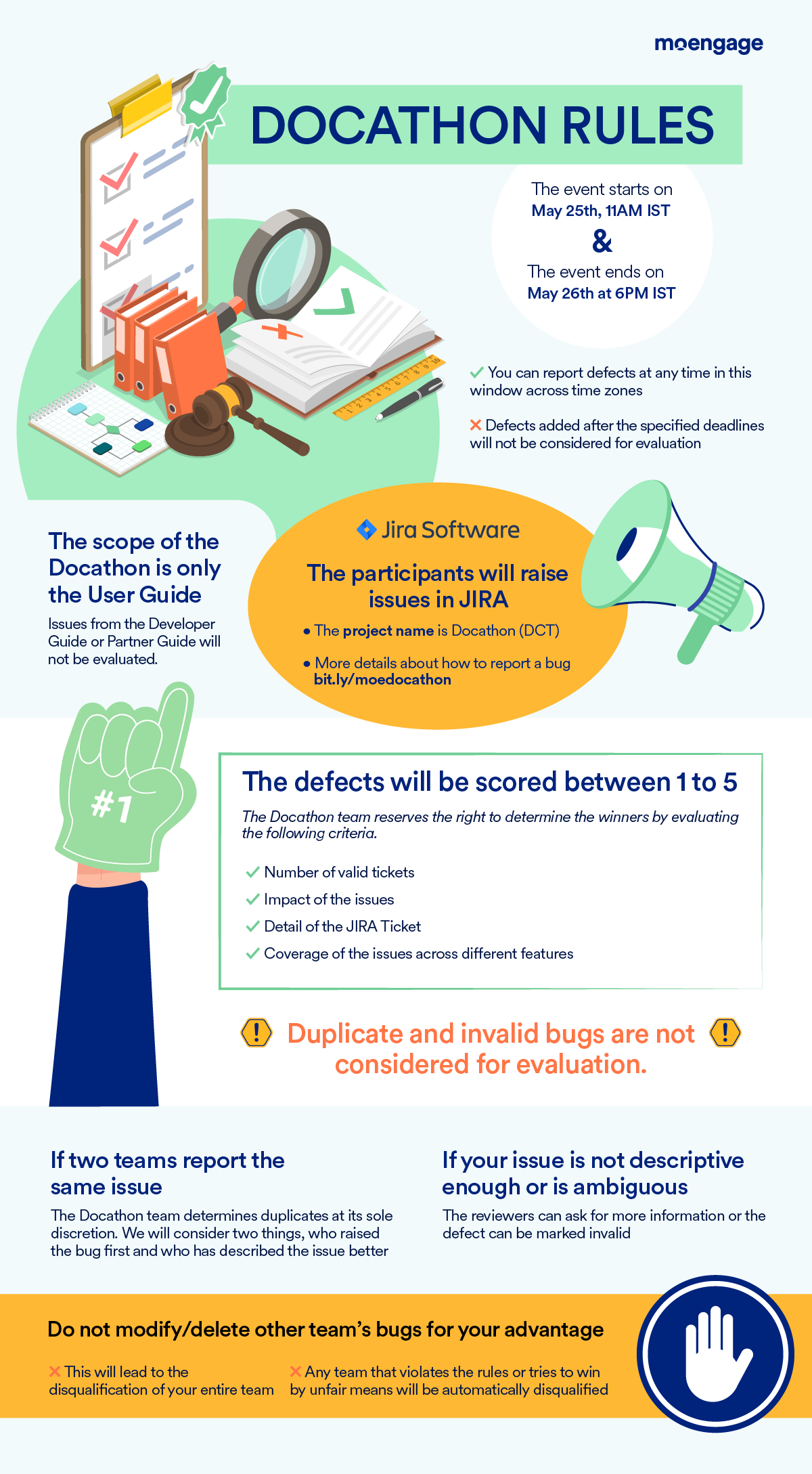
Conduct a prep meeting
Schedule a meeting a couple of days before the event. In the preparation meeting, walk the participants through the scope of the Docathon, rules, bug reporting, and so on. Address their concerns and queries. Schedule multiple sessions that align with participants of different time zones. Don’t forget to record the session and share it with participants who missed attending the discussion.
How to drive participation
Working on documentation does not sound appealing to many folks, particularly engineers. An event like Docathon needs creativity and innovation to attract attendees.
Gamify
Gamification is the application of game thinking and typical elements of the game playing in non-game contexts. Gamification fosters engagement, participation, and competitiveness by turning monotonous and tedious tasks into exciting and fun activities.
We kept participants engaged and interested throughout the event by gamification of different phases. Gamification increases the level of engagement among the participants.
- Create real-time Leaderboards to present competitive placement during the event. Share statistics periodically during the event, such as when you reach 100 bugs, top three teams on leaderboards, leading bug reporters, categories of bugs, etc.
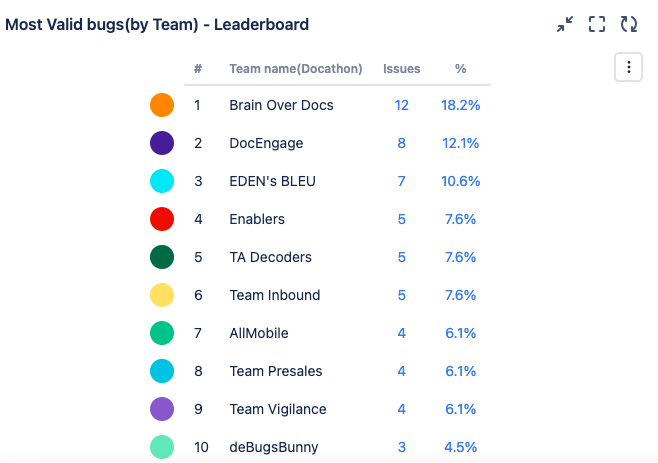
- Show countdown timer on the wall/screen.
- Be creative with your communication – this helps create better audience engagement. Here’s an example:
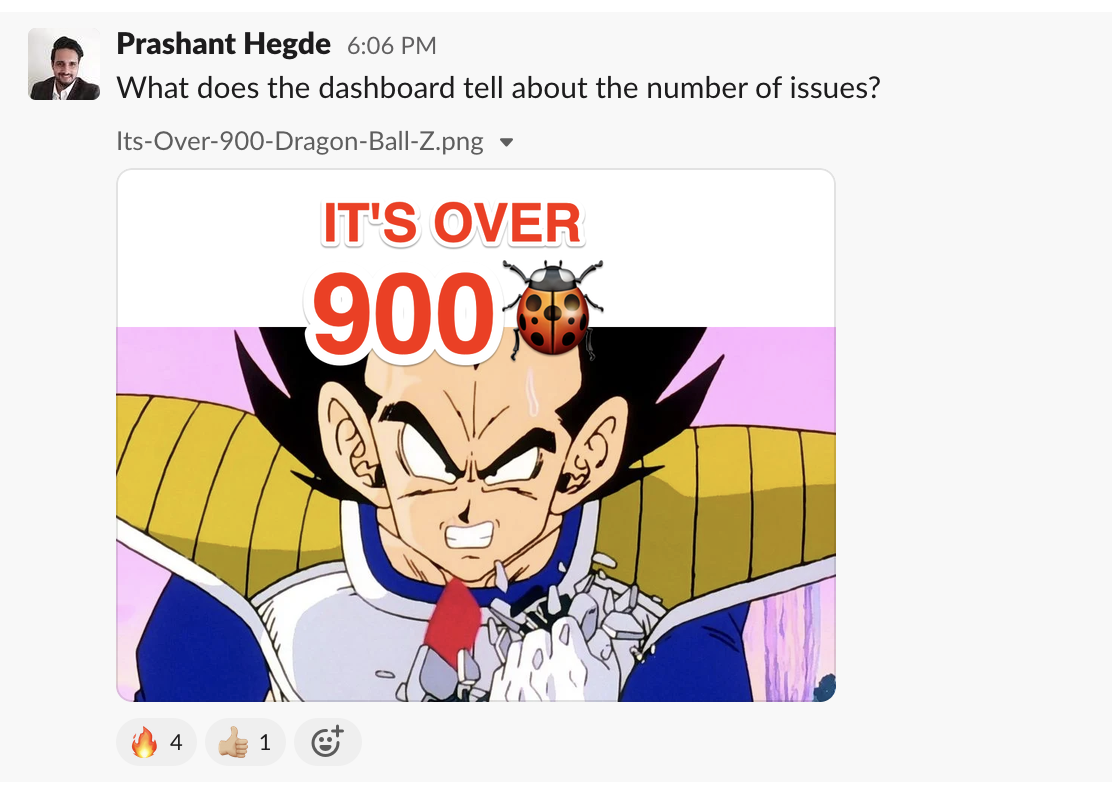
Incentivize participation
Incentives create an exciting atmosphere and encourage participation. Reward the participants who discover beneficial bugs, find helpful information, or provide valuable feedback. If you’re holding one in your office, you can also provide pizza, snacks, and drinks to all participants as a token of appreciation for their efforts and time.
We gave out three awards for the winning teams.
- Top Team : $1,000
- 2nd Team: $700
- 3rd Team: $400
We also announced special categories for individuals who performed exceptionally well. These were the categories and rewards:
- Value differentiator – $100
- Competition equalizer – $100
- Best bug report- $100
- Client advocate – $100
We could excite our participants and engage them through these creative ideas. Event outcomes are better when participants have a positive experience.
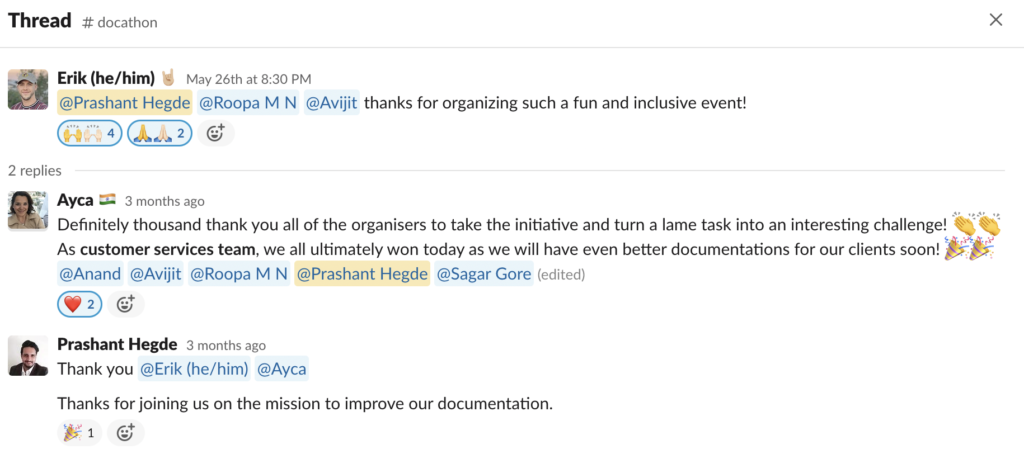
Conclusion
Documentation is one of the significant factors customers consider when deciding on a SaaS product. When documentation becomes an afterthought, it leaves the users in the dark and prevents them from achieving their goals. If customers should not be able to access the answers to their questions/queries with minimal effort, they’ll find an alternative.
Creating the best customer experience requires you to prioritize documentation. We at MoEngage, recognize the impact of product documentation on customer satisfaction and loyalty. The documentation and product teams at MoEngage are working on the issues found during the Docathon to create a better customer experience.
What’s stopping you from planning your first Docathon?
What’s Next?
- Learn how we innovate and use technology to drive business impact in this article.
- Interviewing with our testing teams? Here’s a cheat sheet to crack a MoEngage interview.
- Read about MoE Hacks 2.0 – our very own tech Hackathon here.






